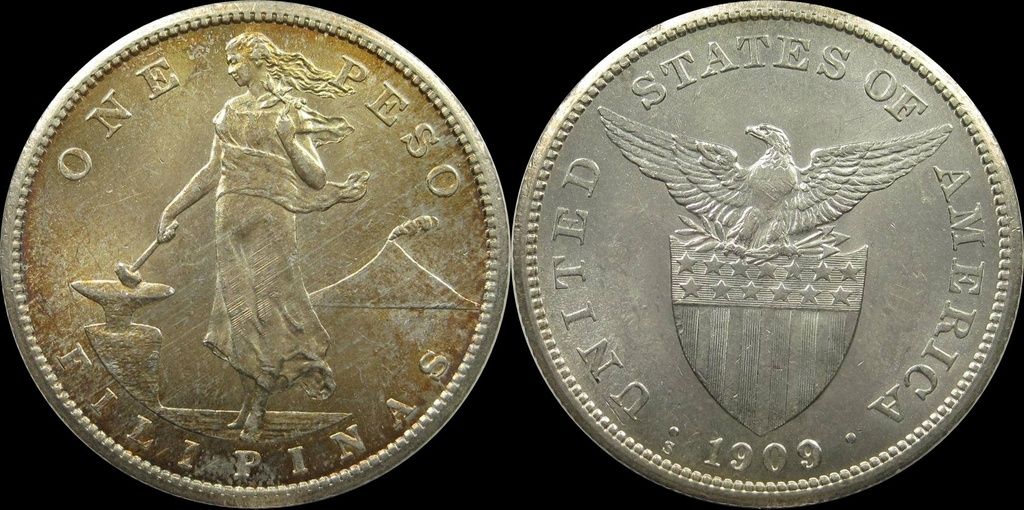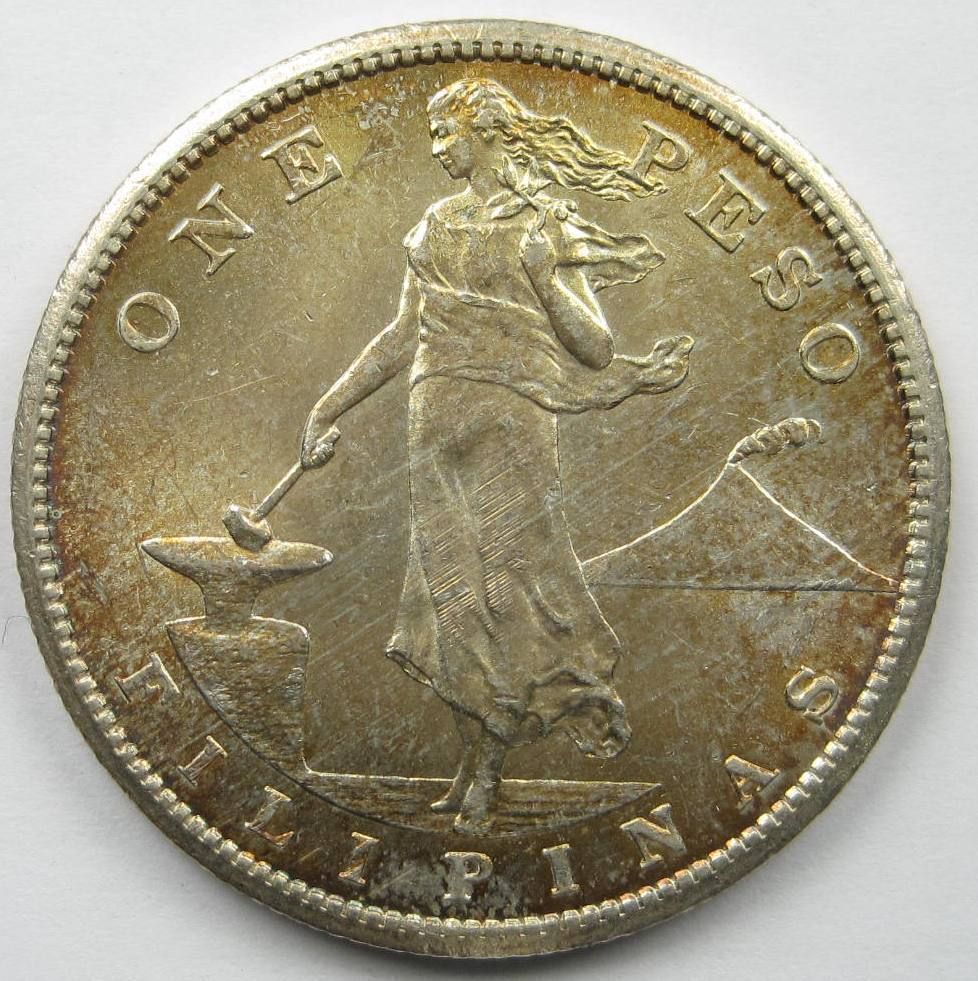Options
Adjustment marks or not?


jetblack740il
==================================
Complete US-PHIL Coins for Sale, Circulation Strikes 1903-1945
==================================
Complete US-PHIL Coins for Sale, Circulation Strikes 1903-1945
0
Comments
==================================
Complete US-PHIL Coins for Sale, Circulation Strikes 1903-1945
==================================
Complete US-PHIL Coins for Sale, Circulation Strikes 1903-1945